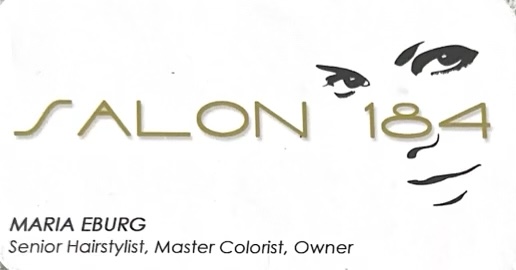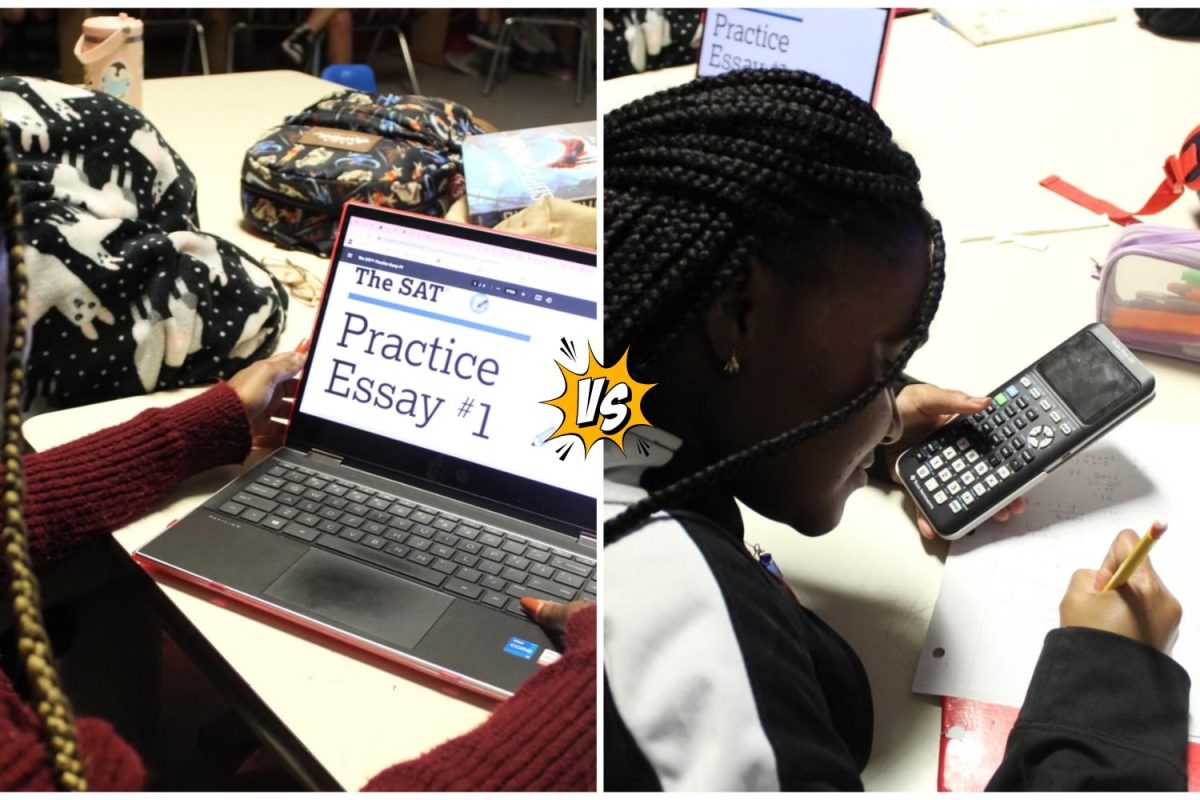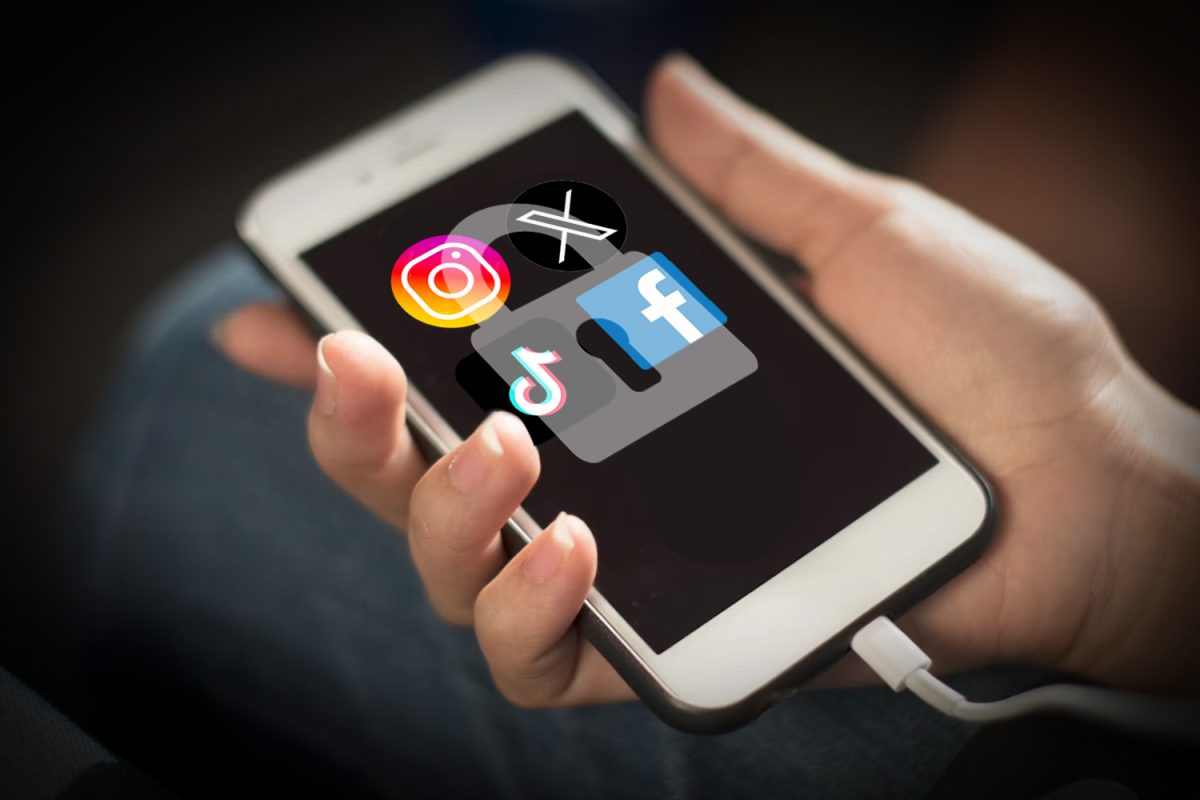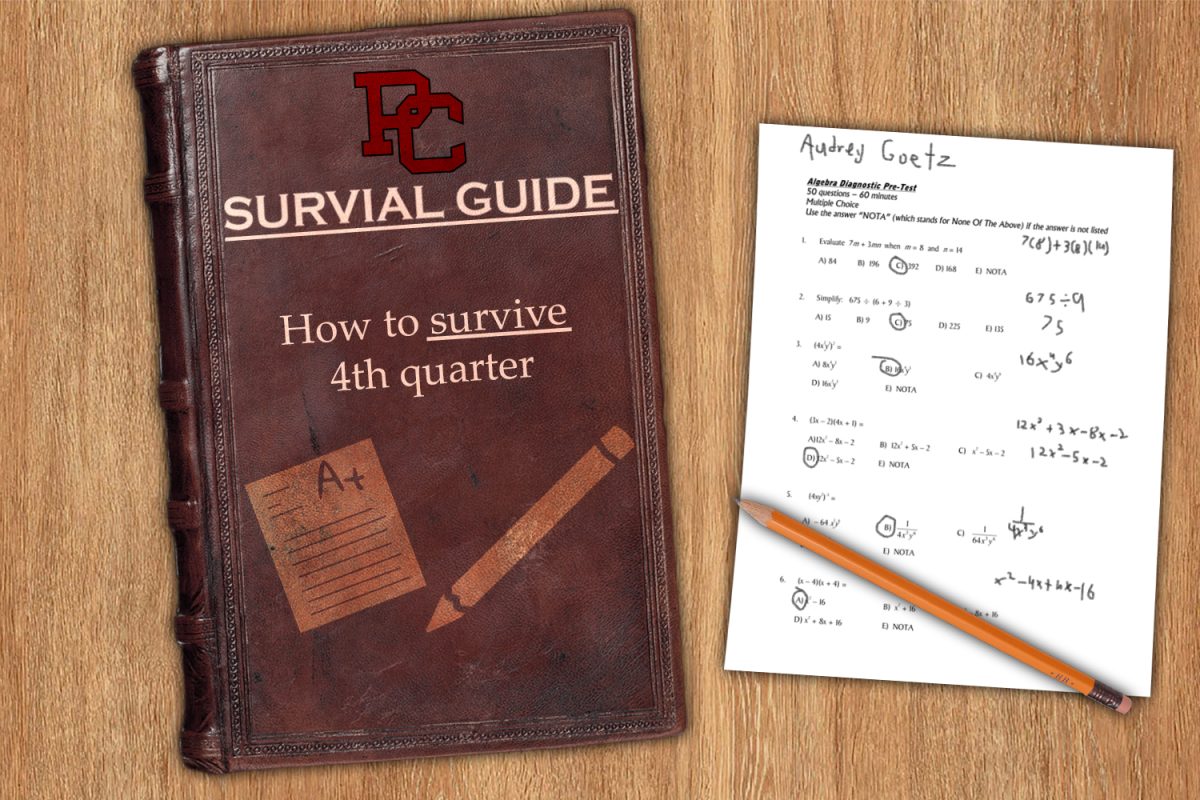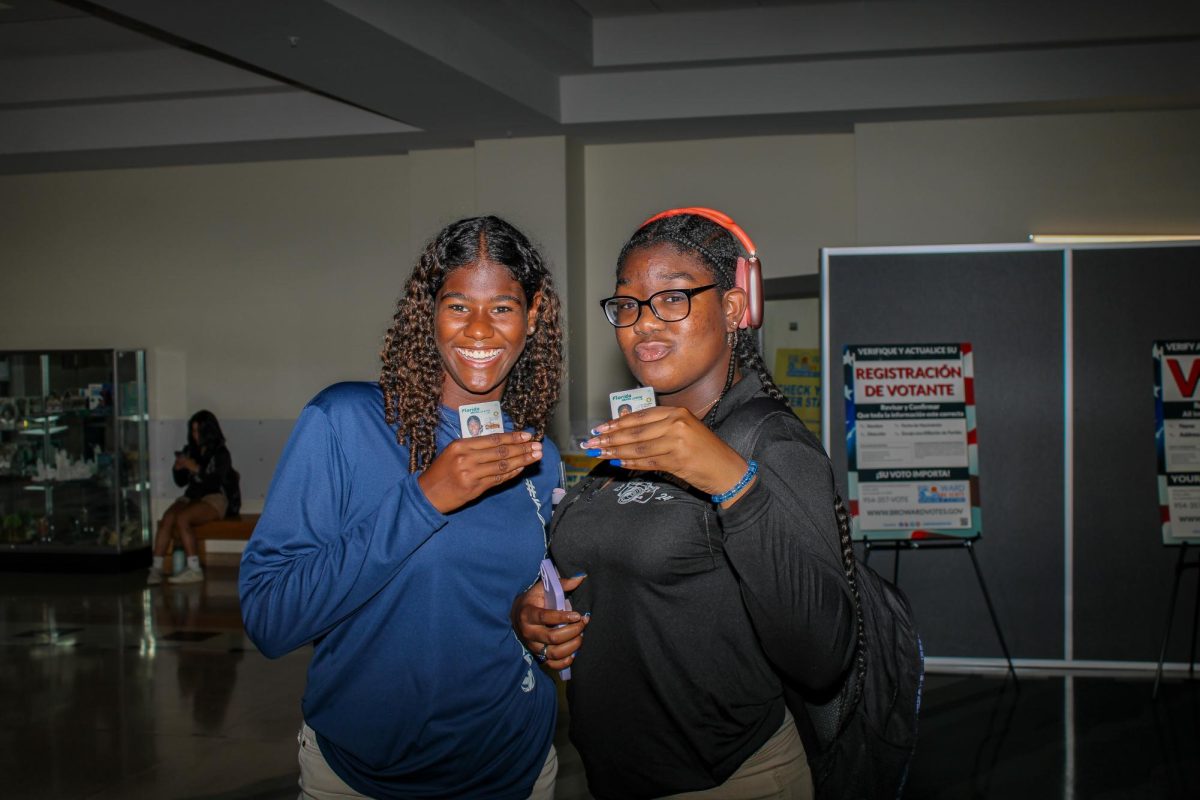Daniel – Rethinking the future of standardized testing: the Digital SAT
We’re all familiar with the rapidity of SATs—it’s all about time. Luckily for us students, College Board kept this in mind when they made their paper test digital. Gone are the days of squandering time marking your answers from booklet to Scantron, or turning your body around to calculate how much time you have remaining. (Sometimes, students can’t even see the clock!) But these are just the minor things.
The digital SAT will include a countdown clock (students can hide or show it on their screens) that will alert them when time is running low, a built-in graphing calculator that students can use on the entire math section—if you don’t own the expensive machine, you will still have equal advantage with your peers—a reference sheet for each math question that consists of common formulas, and a way to flag questions for review. The last two additions will end the haphazard process of flipping through multiple pages to locate a reference sheet or returning to a question you weren’t sure about: two huge time wasters.
On the topic of time, the digital SAT will be 46 minutes shorter than its paper counterpart, and students will no longer have to wait weeks for their score; we will worry for a few days instead.
But perhaps the biggest change going digital applies to the content our futures ultimately depend on. College Board says the questions throughout the SAT will be more focused; in the Reading and Writing section (oh, even more change: those two will be combined into one), those long reading passages with multiple questions per passage will be condensed into much shorter passages, each tied to a single question.
“They provide you with excerpts from a story and you’ll answer a question from that excerpt,” explained Chloe Correa, a junior who had the opportunity to take her PSAT digitally.
It’s virtually impossible to read every passage entirely and answer all the questions within the hour without using SAT “hacks” off TikTok, so the change is promising.
“I like this a lot,” she said. “If you understand a passage on the paper SAT, you’ll likely get all the questions wrong, while as with the digital SAT, you’ll only be getting one question wrong.”
So now that the SAT is paperless, what good will bad internet bring to computers?
We’re in luck. College Board says they’ve built the exam application to withstand internet outages. If the internet goes out during testing, students can still progress through the test without disruption; student work will be saved, and they won’t lose any time.
That’s the power of digital SATs: an easier SAT, a more accessible SAT, a quicker SAT—and an SAT that uses far less paper than the original. I cannot dismiss the environmental impact physical SATs have on the environment, producing millions upon millions of pages of f(x) equals…. and “As used in line 30, ‘extravagant’ most nearly means…?” and “Which choice most effectively combines the sentences at the underlined portion?” It’s a lot of paper.
It’s about time we transition from paper to PCs. Who doesn’t want a breezy exam with quick graders so you can revel in your glory in just a few days? The right answer is B: Digital SATs.
Kara – Passing with Flying Colors on a Paper SAT
The early Saturday morning has finally come. As every student takes a seat, the proctor begins, “College Board SAT testing rules include policies to make sure all students have a fair and equal test experience. Everyone in this room today is responsible for helping make that happen.” As the nerves creep up your spine, the proctor places a booklet onto your desk, creating a rush of relief. Now, you’re destined to perform at your optimum level, knowing that the unpredictability of this test is all contained in one controlled setting: a printed paper booklet.
The process of manually writing answers and understanding printed language is known to generate new ideas and strengthen comprehension. Psychological studies have concluded, “The act of writing is supported by neural enabling processes as well as manipulations of the bodily external environment. Where our trains of thought, arguments, solutions to problems, or storing of the results of these cognitive and mental acts involve writing, some of the enabling processes are external.” With that being said, insightfully comprehending and inputting answers that are physically presented is beneficial to your intake of content and, therefore, improves overall performance.
For senior Mario Idiarte, on-paper exams help him grasp the information and logically come to a final response in a faster period than digital tests. He recalls, “For the reading section especially, I prefer having the option of flipping through pages and underlining key phrases to find answers to the questions, rather than having to scroll.” Being taught since kindergarten to use every part of the test to his advantage, the digital format offers distractions that stray his focus from the task at hand.
Not to mention, the digital SAT creates an unequal advantage for those who aren’t as technologically savvy as other test-takers. Students who are unfamiliar with the testing format and tools given during the exam will waste more time managing the program than performing to their best ability.
For math questions specifically, using complicated formulas or inputting a certain number of decimal places will become a misuse of time or incorrectly-typed responses.
On the other hand, students who already spend an abundant amount of time on their devices are only increasing their allotted screen time during a test. Individuals who mindlessly scroll for hours at a time using no critical thinking skills are almost guaranteed to struggle in focusing on such a high-stakes test that’s given in the same program.
Regardless of the testing format, proctors spend the full three hours ensuring that the SATs aren’t invalidated by cheating. A digital exam would blatantly reveal a student’s answer responses for other students to view—ultimately wasting the proctors’ efforts.
In essence, opting for traditional paper tests is the most rational, streamlined, and advantageous choice. Though it’s critical to progress towards technological advancements, the shift to digital testing would, in fact, be a regression.





